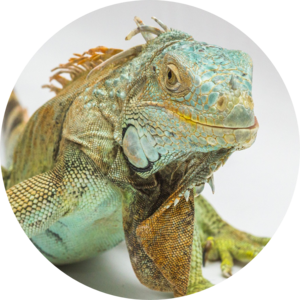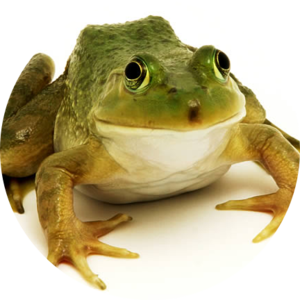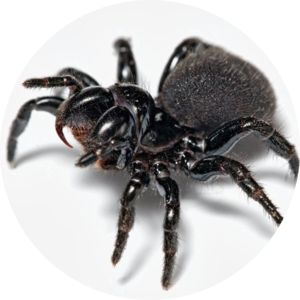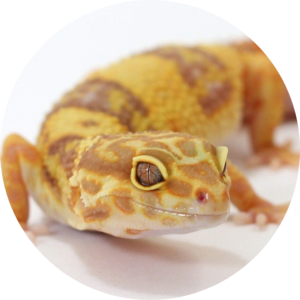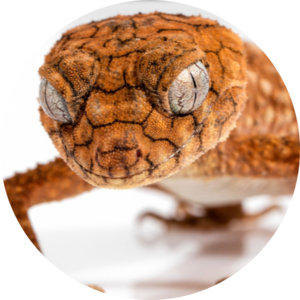(X1) Volitan Lion Fish Med - (X1) Miniatus Grouper Med- (X1) Niger Trigger Med

(X1) VOLITAN LION FISH MED - (x1) MINIATUS GROUPER MED- (x1) NIGER TRIGGER MED
*********************************************************************
VOLITAN LIONFISH - MEDIUM APPROX 4" - 5" - PTEROIS VOLTANS - FREE SHIPPING
Minimum Tank Size: 100 gallons
Care Level: Easy
Temperament: Semi-aggressive
Reef Compatible: With Caution
Water Conditions: 72-78° F, dKH 8-12, pH 8.1-8.4, sg 1.021-1.023
Max. Size: 1' 3"
Description
The Black Volitans Lionfish is one of the most durable and long lived and largest of the Lionfish family. The Black Volitans Lionfish is often confused with the P. russelli because of it’s similar appearance. The differences between the two can easily be distinguished by the absence of spots on the dorsal, anal and tailfins as well as the absence of the banded markings on the dorsal spine on the P. russeli. The Black Volitans comes in variations of brown, tan, and dark brown though occasionally you can find them in reddish shades of brown, rust and a very dark brown that is almost black in color. True black is rarely, if ever, available. Black Volitans Lionfish are less affected by bright lights and will spend a lot of it’s time out in the water column. However, it will still spend time in caves, overhangs, on the substrate and other shady spots. The Black Volitans Lionfish will usually tolerate being kept in the aquarium with other Black Volitans Lionfish.
Lionfish will eat smaller fishes, ornamental shrimps and crabs. This species is venomous. The pelvic, pectoral and dorsal fins of this animal can cause extreme pain. If allergic, severe reactions can occur. If stung soak injured area in hot water and seek medical attention immediately. Smaller specimens will adapt to captivity and accept captive diets more easily. Lionfish will likely remain hidden in brightly lit aquariums as it prefers dimmer lighting.
Diet
Though we do our best to work with our Lionfish prior to shipping to accept a captive diet, many may revert back to live foods only due to the stress of shipping. Sometimes our Lionfish are not in our facility long enough for us to get very far in this process as well. If your Lionfish is not eating, we recommend feeding live Feeder Shrimp mixed with frozen mysis shrimp. Slowly increase the frozen mysis shrimp and decrease on the live Feeder Shrimp. Eventually cut out the live food all together. This can take a few days or a few weeks depending on the stress level, health, age, and willingness on the individual animal.
Brine Shrimp as a live food source is acceptable providing that you ‘gut load’ the live brine shrimp with phytoplankton, Kent Marine Zoe, Zoecon or any other liquid vitamin. Once past the 24 hour period after hatching, brine shrimp lose their nutritional value as the juveniles (called Artemia) have consumed their egg yolk sac which leaves the Brine Shrimp have little to no nutritional value. ‘Gut Loading’ consists of soaking the Brine Shrimp in a solution of some type of liquid vitamin for about 10 to 15 min. prior to feeding. This ensures that the animal, though hesitant to consume a captive diet, will be getting some sort of nutritional benefit. Frozen Brine Shrimp are dead and unable to consume or soak up any liquid vitamins and are not suitable to use with this method.
******************************************
MINIATUS GROUPER MED - CEPHALOPHOLIS MINIATA - LIVE FISH CORAL SPS FREE SHIPPING
Minimum Tank Size: 150 gallons
Care Level: Moderate
Temperament: Aggressive
Reef Compatible: With Caution
Water Conditions: 72-78° F, dKH 8-12, pH 8.1-8.4, sg 1.020-1.025
Max. Size: 1' 2"
Color Form: Blue, Orange, Yellow
Diet: Carnivore
Compatibility: View Chart
With its vivid color, the Miniatus Grouper makes a gorgeous addition to any tank. It features a large mouth full of small teeth, which are mainly used to prevent escape as the Miniatus Grouper swallows its prey whole, crushingit's prey with the powerful, pharyngeal teeth that line their throats. The Miniatus Grouper is highly territorial and aggressive, and should be added in tank as a last inhabitant. The Miniatus Grouper should be kept in a tank no smaller than 180 gallons along with plenty of live rock structure that will provide them multiple hiding places. The Miniatus Grouper is very well known for their digging behavior and should be provided with thick sand bed in the tank. With such a large appetite, be sure to equip a powerful protein skimmer in addition to strong biological and mechanical filtration. The Miniatus Grouper should be housed with tankmates of similar size to avoid predation. Since it ravenously dines on small fish and motile invertebrates, it is not recommended for reef tanks. The Miniatus Grouper is carnivores and should be fed with a wide variety of meaty foods such as live, frozen, freeze-dried, and vitamin-enriched brine shrimp (as juveniles), mysis shrimp, or even larger chunk foods. Be sure to feed at least 3-5 times a week for continued good health.
******************************************
NIGER TRIGGER - MED 3-4" - LIVE SALTWATER FISH - FREE SHIPPING
Minimum Tank Size: 140 gallons
Care Level: Easy
Temperament: Aggressive
Reef Compatible: No
Water Conditions: 72-78° F, dKH 8-12, pH 8.1-8.4, sg 1.020-1.025
Max. Size: 1'
Color Form: Blue, Green, Purple
Diet: Carnivore
The Niger Trigger or Redtooth Trigger is a striking fish for the home aquarium. The exact color of the Niger Triggerfish varies in this species of fish, and can also change from day to day between purple, blue and blue/green with a striking, lighter blue highlight on the fins and long tail lobes. The color temperature of the lighting also plays a role in the coloration of any fish in the home aquarium. As an adult, they acquire bright red teeth, and are normally dark purple in color with a blue/green highlight around their face making them quite interesting to watch when they eat.
The Niger Triggerfish requires a 180 gallon or larger aquarium with rocks and caves for hiding, and may rearrange the landscaping and rocks. It vocalizes using a "grunting" sound. They are a great active fish for the more aggressive, fish-only display.
Customer Reviews
No reviews yet
Write a review
QUESTIONS & ANSWERS
Have a Question?
Be the first to ask a question about this.







